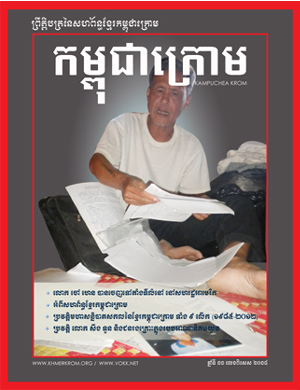The United Nations Declaration on the Rights of Indigenous Peoples (UNDRIP) was adopted by the General Assembly on Thursday, 13 September 2007, by a majority of 144 states in favour, 4 votes against (Australia, Canada, New Zealand and the United States) and 11 abstentions (Azerbaijan, Bangladesh, Bhutan, Burundi, Colombia, Georgia, Kenya, Nigeria, Russian Federation, Samoa and Ukraine).

While as a General Assembly Declaration it is not a legally binding instrument under international law, according to a UN press release, it does “represent the dynamic development of international legal norms and it reflects the commitment of the UN’s member states to move in certain directions”; the UN describes it as setting “an important standard for the treatment of indigenous peoples that will undoubtedly be a significant tool towards eliminating human rights violations against the planet’s 370 million indigenous people and assisting them in combating discrimination and marginalisation.”
UNDRIP which codifies “Indigenous historical grievances, contemporary challenges and socio-economic, political and cultural aspirations” is a “culmination of generations-long efforts by Indigenous organizations to get international attention, to secure recognition for their aspirations, and to generate support for their political agendas. “Canada Research Chair and faculty member at the University of Saskatchewan, Ken Coates, argues that UNDRIP resonates powerfully with Indigenous people, while national governments have not yet fully understood its impact.
The Indigenous People of the Kampuchea Krom territory (South of Vietnam) are Khmer Krom. Understanding UNDRIP is an important knowledge for all Khmer Krom who are seeking to advocate and fight for their rights. Click the links below, to download the following:
The United Nations Declaration on the Rights of Indigenous Peoples (UNDRIP)













